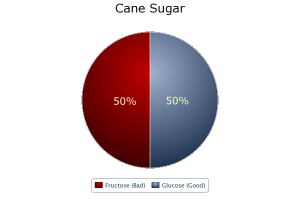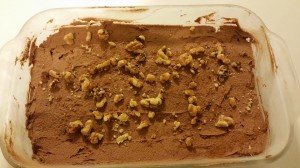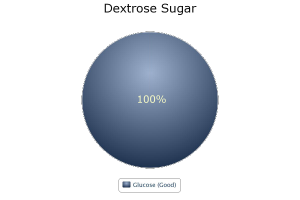 On September 13, 2014 I wrote a post “Is Your Fruit Intake Increasing Your Fat and Stressing Your Liver? (Part 1)”. If you missed it you can view it here: Part 1
On September 13, 2014 I wrote a post “Is Your Fruit Intake Increasing Your Fat and Stressing Your Liver? (Part 1)”. If you missed it you can view it here: Part 1
Here is the summary from Part 1:
- Although fruit contains a great amount of nutrition, it also contains sugar. Fructose, or fruit sugar, is a simple sugar found in many plants, where it is often bonded to glucose to form sucrose.
- Dr. Robert Lustig is a Professor of Pediatrics in the Division of Endocrinology at the University of California, San Francisco. He is one of the leading experts on childhood obesity, and pioneer in decoding sugar metabolism. His work has been instrumental in differentiating how different sugars are broken down
and used. Here are a few key points:
- When you eat 120 calories of glucose, less than one calorie is stored as fat. 120 calories of fructose results in 40 calories being stored as fat. Consuming fructose is essentially consuming fat!
- Every cell in your body, including your brain, utilizes glucose. Therefore, much of it is “burned up” immediately after you consume it. By contrast, fructose is turned into free fatty acids (FFAs), VLDL (the damaging form of cholesterol), and triglycerides, which get stored as fat.
- The fatty acids created during fructose metabolism accumulate as fat droplets in your liver and skeletal muscle tissues, causing insulin resistance and non-alcoholic fatty liver disease (NAFLD). Insulin resistance progresses to metabolic syndrome and type II diabetes.
- Glucose suppresses the hunger hormone ghrelin and stimulates leptin, which suppresses your appetite. Fructose has no effect on ghrelin and interferes with your brain’s communication with leptin, resulting in overeating.”
- Mr. Dan featured in the video in part 1 has extensively studied Dr. Lustig’s work and simply removed gluten and fructose and lost 30 pounds. He still loves his sweet treats and uses glucose (aka dextrose or corn sugar) instead of fructose.
- Dr. Mercola recommends that for most people it would be wise to limit fructose from fruit to 15 grams or less, as you’re virtually guaranteed to consume “hidden” sources of fructose.
- Sugar is not evil, glucose is important, so don’t completely avoid carbs and especially glucose. Limit your fructose and do your best to eat many more servings of vegetables than fruits—fresh or frozen only, not dried or canned (Use organic whenever possible). Try using glucose instead of table sugar when you want something sweet.
Mr. Dan was my guest speaker on Thursday for the NEW Online Group Nutrition & Lifestyle Coaching Program.
Mr. Dan shared how he lost 30 pounds and raised his IQ without exercise by simply removing gluten and fructose. The social webinar was great and I look forward to having him back. If you missed it you can hear the recording on the Private Facebook Page when you sign up as a member of the NEW Online Group Nutrition & Lifestyle Coaching Program.
Mr. Dan loves sweets and so do I. We made 3 videos of some of his fructose free recipes below using dextrose. The first video is my favorite… fructose free butter fudge. Sooo Good!
Video #1 & Intro: Fructose Free Butter Fudge

Video #2: Fructose-Free Sunflower Seed Brittle
Video #3: Fructose Free Caramels
Let me know if you have any questions.
Your friend & coach,
Brien
Telephone: 650-654-4604
About Brien
P.S. Remember that I’m only a call or email away to assist you in all things health & fitness. If you are not yet one of my prized clients apply as soon as you can to schedule an interview for our new 6 week challenge starting soon!
APPLY HERE>>> NEW 6-Week Transformation






